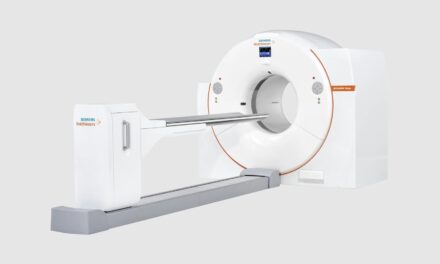The U.S. FDA has granted marketing authorization to Medtronic Inc. for the Carpediem System, which is indicated to provide continuous hemodialysis or hemofiltration therapy to critically ill pediatric patients weighing between 5.5 to 22 pounds. Continuous hemodialysis or hemofiltration therapy—known as continuous renal replacement therapy (CRRT)—involves using a dialysis machine and a special filter, or dialyzer, to continuously clean a patient’s blood for an extended period of time, without stopping, instead of the more traditional three times a week therapy session. CRRT is typically performed in intensive care unit settings.
The Carpediem System is the first CRRT device intended for a lower weight-specific pediatric patient population who have a sudden or temporary loss of kidney function (acute kidney injury) or have too much water in their bodies because their kidneys are not functioning properly (fluid overload).
“Continuous renal replacement therapy is performed when a child’s kidneys are not working properly to remove bad substances from the blood and relieve some of the problems that result from the kidneys not working properly,” says Jeff Shuren, MD, director of the FDA’s Center for Devices and Radiological Health. “Patients who need this therapy are critically ill and require it to survive.”
“Before the Carpediem System, there were no commercially available continuous renal replacement therapy devices for pediatric patients,” Shuren adds. “In line with the U.S. Department of Health and Human Services’ focus on improving the lives of Americans suffering from kidney disease and expanding options for these patients, this medical device will advance kidney health, providing a first of its kind option and meeting an unmet need for these critically ill patients who need continuous renal replacement therapy to survive.”
The Carpediem System was designed for extracorporeal blood treatment—a purification process that takes place outside the body returning the purified blood back to the patient. This was accomplished by optimizing technological features on legally marketed CRRT devices by miniaturizing the technology to meet the clinical needs of very small pediatric patients.





